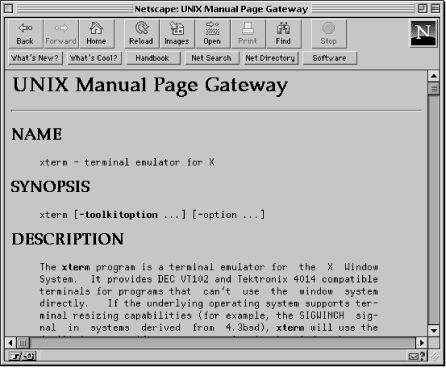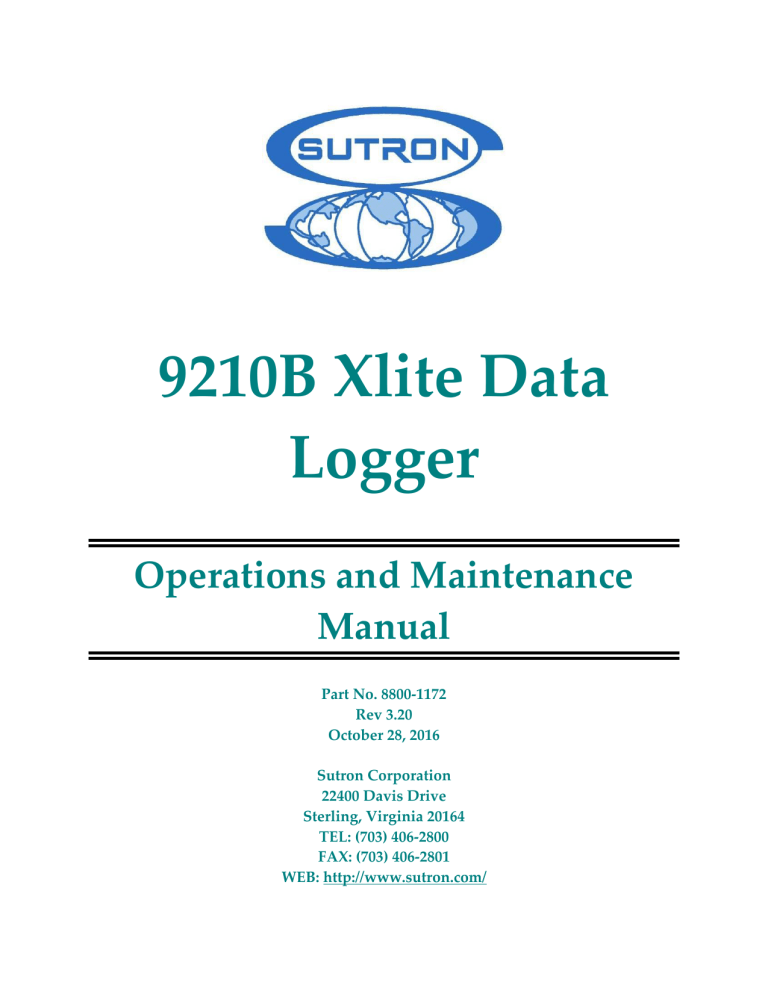
Uxterm manual mac#
Several guides to uninstall UXTerm from Mac Traditional option – remove the application to the Trash UXTerm removal encounters a problem when follow the traditional way to uninstall it, such as removing process has not response or just shut down before finish the removal.Cannot 100% remove all related files of the application.Cannot find and delete all of UXTerm's files and traces on the computer.Not clear what's the right way to remove an application on Mac.Don't know where should start the program removal.UXTerm causes an application conflict issue with other apps on the MacĬommon removing problems you might encounter.The program occupies a lot of space which affect the Mac's performance.The application itself encounters a problem which need to remove first.General reasons to uninstall UXTerm on Mac Therefore, it will bring some troubles when people need to uninstall UXTerm. However, many people are not clear about these files, and some of these files cannot be found and removed smoothly especially for the basic Mac users.
Uxterm manual install#
When install UXTerm on the Mac, it will also bring many of its supported files to the Mac, including application support files, preferences, caches etc. Hard to uninstall UXTerm from Mac? Don't know where the file is or where to start the removal? This post is all about the how-to guides to help you remove this program from Mac.
Uxterm manual how to#
56, 59-64 (BIA 2001) (same).Uninstall UXTerm Guides – How to Remove UXTerm for Mac

See Matter of Monreal-Aguinaga (PDF), 23 I&N Dec.

319, 322, 324 (BIA 2002) (holding the “exceptional and extremely unusual hardship” standard to be “significantly more burdensome than the ‘extreme hardship’ standard” and intimating that the applicant “might well” have prevailed under the latter standard even though she failed under the former). See Matter of Andazola-Rivas (PDF), 23 I&N Dec. See Matter of Cervantes-Gonzalez (PDF), 22 I&N Dec. The federal courts and the BIA have frequently relied on cases involving the former suspension of deportation statute when interpreting extreme hardship waiver statutes, as these statutes employed the same language. 58(b) (hardship must go “beyond that typically associated with deportation”) (former suspension of deportation). 280, 281 (BIA 1979) (“The intent of Congress in adding, which is evident from its language, was to provide for the unification of families, thereby avoiding the hardship of separation.”). For example, see Matter of Lopez-Monzon (PDF), 17 I&N Dec. But extreme hardship need not be unique, nor is the standard as demanding as the statutory “exceptional and extremely unusual hardship” standard that is generally applicable to non-lawful permanent resident cancellation of removal. Importantly, to be considered “extreme,” the hardship must exceed that which is usual or expected. USCIS recognizes that at least some degree of hardship to qualifying relatives exists in most, if not all, cases in which individuals with the requisite relationships are denied admission. Therefore, “he Attorney General and delegates have the authority to construe ‘extreme hardship’ narrowly should they deem it wise to do so.” Conversely, “ restrictive view of extreme hardship is not mandated either by the Supreme Court or by case law.” But the commits their definition in the first instance to the Attorney General and delegates.” Jong Ha Wang, “hese words are not self-explanatory, and reasonable men could easily differ as to their construction. The term “extreme hardship” is not expressly defined in the Immigration and Nationality Act (INA), in Department of Homeland Security (DHS) regulations, or in case law (although DHS regulations and certain Board of Immigration Appeals (BIA) decisions have provided some relevant guidance with respect to what may constitute extreme hardship in certain contexts). On the one hand, the noncitizen has engaged in conduct that Congress considers serious enough to render the individual inadmissible to the United States. On the other hand, Congress specifically authorized waivers of these grounds of inadmissibility for those cases in which the refusal of admission “would result in extreme hardship.” To meet this “extreme hardship” requirement, the applicant must show that refusal of admission would impose more than the usual level of hardship that commonly results from family separation or relocation. Congress clearly intended the waiver to be applied for purposes of family unity and with other humanitarian concerns in mind.

immigration authorities to balance competing policy considerations when determining whether a noncitizen should be admitted to the United States despite his or her inadmissibility. Waivers of inadmissibility generally authorize U.S.


 0 kommentar(er)
0 kommentar(er)
